Author: Marshall Schott
Hop Breeding Company (HBC) is known for breeding some of the most lauded and sought after hop varieties in existence today including Citra and Mosaic. Taking a slight turn away from the over-the-top pungent fruitiness of the aforementioned, HBC recently released Loral, which is purported to balance the earthy and floral characteristics of noble varieties with elements more common among popular new world hops.
Alpha: 11.3 – 12.2%
Beta: 4.9 – 5.3%
Cohumulone: 21 – 24% of alpha acids
Total Oil: 1.8 – 2.9 mL/100g
Myrcene: 52 – 58%
Humulene: 17.8 – 17.9%
Caryophyllene: 5 – 5.7%
Farnesene: <1%
Linalool: 1 – 1.1%
Geraniol: 0.2 – 0.3%
ß-Pinene: 0.6 – 0.7%
Parentage: Glacier (mother) and son of the U.S. developed Nugget variety (father)
Credit where it’s due– while I’d heard of this new hop awhile before brewing this batch, it wasn’t until my buddy Matt Vaught shared an IPA he made using only Loral that I decided to pick some up for The Hop Chronicles. To my taste buds, his beer had a distinct floral aroma with a whisper of earthiness that balanced a subtle fresh (not overripe) fruit basket character well. I really liked it and was stoked to see how blind tasters would evaluate this exciting new variety!
| MAKING THE BEER |
I designed this beer to be simple enough to allow the Loral hop character to take centerstage while also not being so boring that I’d get sick of drinking the leftovers.
Loral Pale Ale
Recipe Details
| Batch Size | Boil Time | IBU | SRM | Est. OG | Est. FG | ABV |
|---|---|---|---|---|---|---|
| 5.5 gal | 60 min | 33.5 IBUs | 5.1 SRM | 1.054 | 1.013 | 5.4 % |
| Actuals | 1.054 | 1.012 | 5.5 % | |||
Fermentables
| Name | Amount | % |
|---|---|---|
| Pale Malt (2 Row), Rahr | 10 lbs | 85.56 |
| Vienna Malt | 1.187 lbs | 10.16 |
| Victory Malt | 8 oz | 4.28 |
Hops
| Name | Amount | Time | Use | Form | Alpha % |
|---|---|---|---|---|---|
| Loral | 14 g | 60 min | First Wort | Pellet | 9.2 |
| Loral | 14 g | 20 min | Boil | Pellet | 9.2 |
| Loral | 30 g | 5 min | Boil | Pellet | 9.2 |
| Loral | 30 g | 3 days | Dry Hop | Pellet | 9.2 |
Yeast
| Name | Lab | Attenuation | Temperature |
|---|---|---|---|
| California Ale (WLP001) | White Labs | 77% | 68°F - 73°F |
Download
| Download this recipe's BeerXML file |
Two days prior to brewing, I made a large starter of WLP001 California Ale yeast, about half of which was slated for a mason jar for later use.
After collecting the full volume of water and adjusting it to my desire profile the night before brewing, I weighed out and milled the simple grain bill.
I awoke early the next morning and immediately began heating the liquor.
Once it was a tad warmer than the strike temperature suggested by BeerSmith, I transferred the full volume of water to my mash tun, let it sit for a brief preheat, then stirred the grains in to hit my target mash temperature.
As has become my norm, this was a no sparge batch.
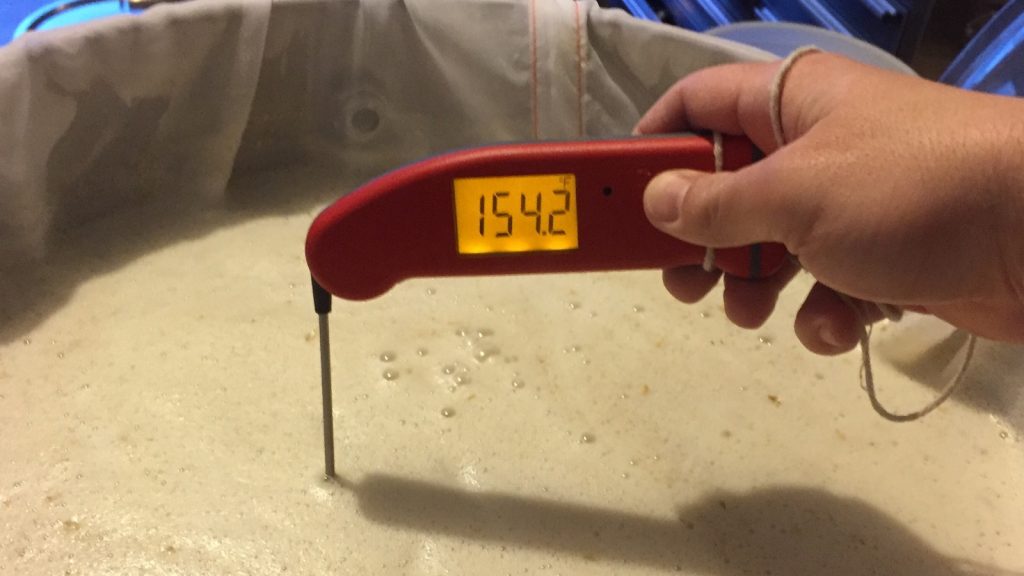
I took a pH reading 15 minutes into the mash showing I was right within the acceptable range, though higher than desired due to a change in municipal water that I learned about later this brew day.
The mash was left alone for a 60 minute rest with only brief stirs every 20 minutes to encourage complete conversion.
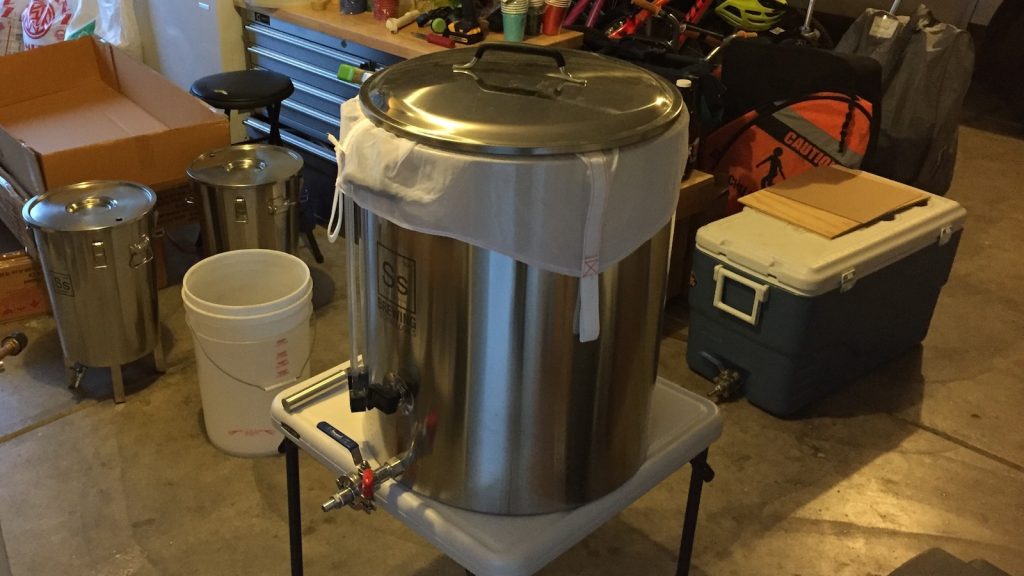
At the end of the mash step, I collected the wort, transferred it to my kettle, and began heating it up. While waiting to reach a boil, I measured out the kettle hop additions.
The wort boiled for an hour with hops added per the recipe.

When the timer indicated the 60 minute boil was finished, I quickly chilled the wort to my target fermentation temperature of 66˚F/19˚C.
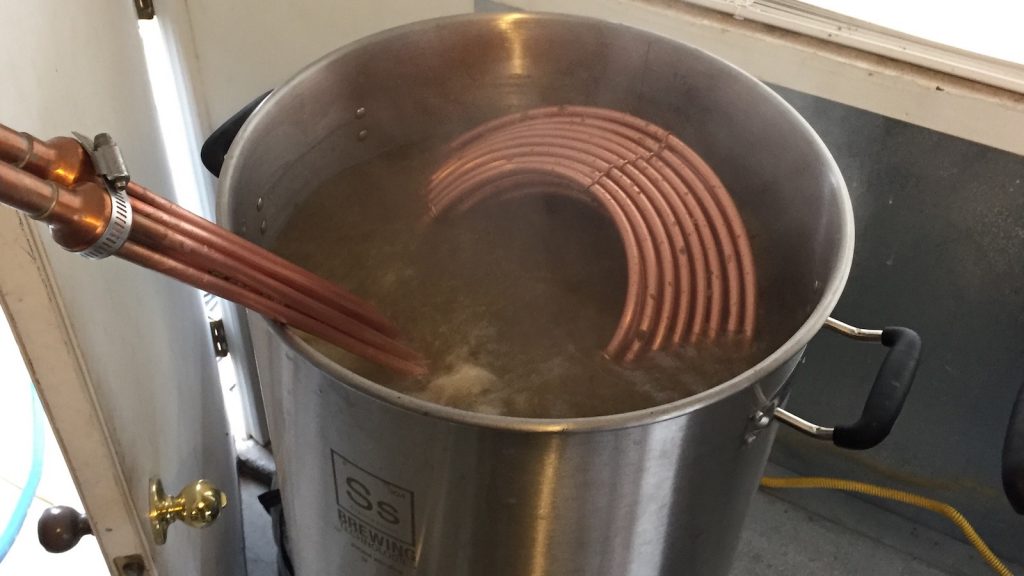
A refractometer measurement at this point confirmed I’d hit the THC target of 1.054 OG.
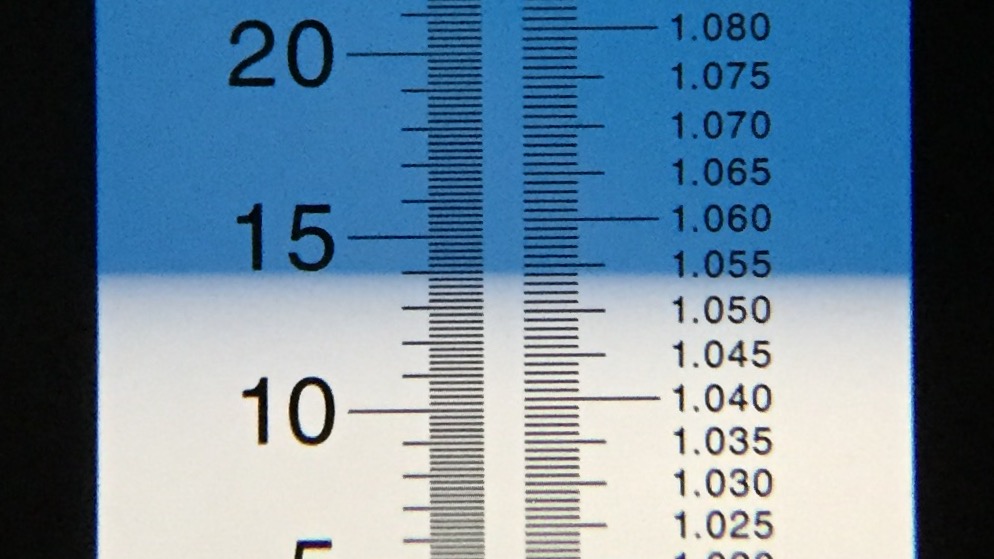
I racked 5.5 gallons/21 liters of chilled wort to a Brew Bucket, moved it to a temperature controlled chamber, and pitched the yeast. I noted activity in the airlock 6 hours later, though things were really kicking the following afternoon. After 4 days of active fermentation, I raised the temperature to 71˚F/22˚C to promote complete attenuation. After 2 more days, activity had slowed drastically so I took a preliminary hydrometer measurement that suggested FG had been reached. I added the dry hop charge then took another hydrometer measurement 2 days later that matched the first.
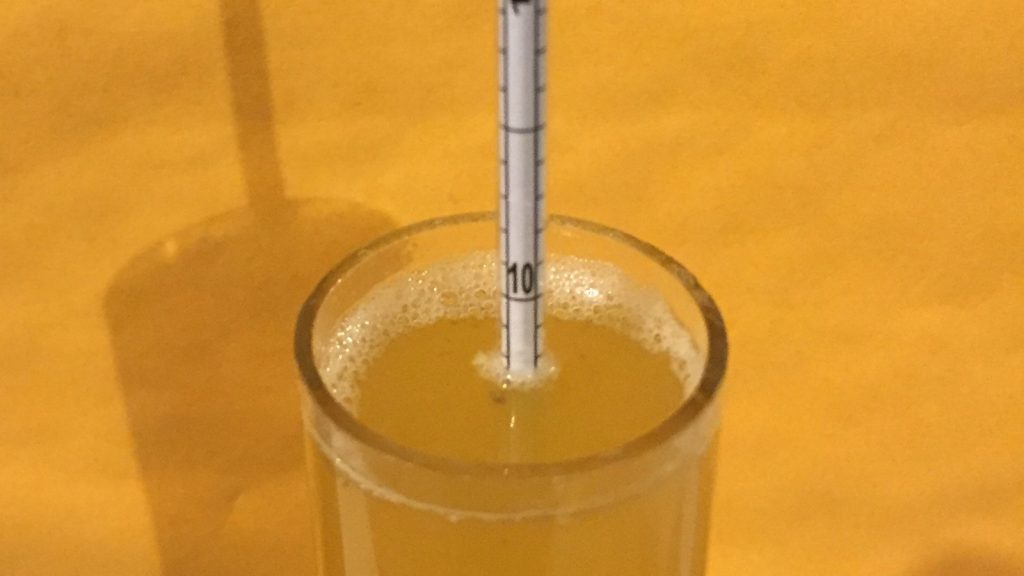
At this point, I cold crashed the beer overnight, fined with gelatin, then proceeded with kegging.
The keg was placed in my cold keezer where it was burst carbonated for 18 hours before I reduced the CO2 to serving pressure and allowed the beer to condition for another few days before serving it to participants.
| METHOD |
Participants were instructed to focus only on the aromatic qualities of the beer before evaluating the flavor. For each aroma and flavor descriptor, tasters were asked to write-in the perceived strength of that particular characteristic on a 0-9 scale where a rating of 0 meant they did not perceive the character at all and a rating of 9 meant the character was extremely strong. Once the data was collected, the average rating of each aroma and flavor descriptor was compiled and analyzed.
| RESULTS |
A total of 16 people participated in the evaluation of this beer, all blind to the hop variety used until after they completed the survey. The average aroma and flavor ratings for each descriptor were plotted on a radar graph.
Average Ratings of Aroma and Flavor Perceptions
The 3 characteristics endorsed as being most prominent by participants:
| Aroma | Flavor |
| Tropical Fruit | Resinous |
| Stone Fruit | Tropical Fruit |
| Citrus | Spicy/Herbal |
The 3 characteristics endorsed as being least prominent by participants:
| Aroma | Flavor |
| Onion/Garlic | Onion/Garlic |
| Dank/Catty | Berry |
| Resinous | Dank/Catty |
Participants were asked to the pungency of the hop the hop character.
They were then instructed to identify beer styles they thought the hop would work well in.
Finally, tasters were asked to rate how much they enjoyed the hop character on a 1 to 10 scale.
My Impressions: This hop is killer! To my incredibly biased palate, the description offered by Hop Breeding Company of Loral as sort of straddling the line of noble and new world characteristics was pretty spot on. Fruity without being saturated, spicy without coming off as phenolic, earthy without tasting like dirt, and floral without smelling like grandma’s perfume. Fruity Pebbles cereal is probably the best way I have of describing the most prominent character I got from this beer, which I have to believe was at least somewhat a function of the fact Victory malt was used as a portion of the grist. Good stuff, indeed!
| CONCLUSION |
In a world where pungency is king, it’s nice when a new hop variety dials it down a bit while still providing a unique and tasty option. This is exactly how I view Loral, a well-rounded hop that’s equally as good when used in high doses for hoppy American styles as I’m guessing it’d be in lower doses for other styles. I recently designed an IPA for an upcoming xBmt that will feature Loral as a late kettle and dry hop addition in combination with other more pungent varieties, my hope being to balance the overripe fruitiness of the latter with Loral’s pleasant noble qualities. Given my limited experience brewing with this variety, any thoughts as to how it might work with styles other than American Pale Ale are wholly presumptuous, but it seems to me Loral would make for a great Swiss Army hop for those who brew a wide range of beers.
This beer was evaluated by the crew on The Brewing Network’s The Session radio show, listen to the February 28, 2017 show to hear their feedback and a discussion with me about The Hop Chronicles series. Cheers!
If you have any thoughts on Loral hops, please feel free to share them in the comments section below!
Support for The Hop Chronicles came from Yakima Valley Hops, suppliers of over 40 varieties of hops ranging from classics like Saaz and Cascade to yet-to-be-named experimental options. Offering great prices with reasonable shipping, consider Yakima Valley Hops for your next hop purchase.
Support Brülosophy In Style!
All designs are available in various colors and sizes on Amazon!
Follow Brülosophy on:
FACEBOOK | TWITTER | INSTAGRAM
If you enjoy this stuff and feel compelled to support Brulosophy.com, please check out the Support Us page for details on how you can very easily do so. Thanks!


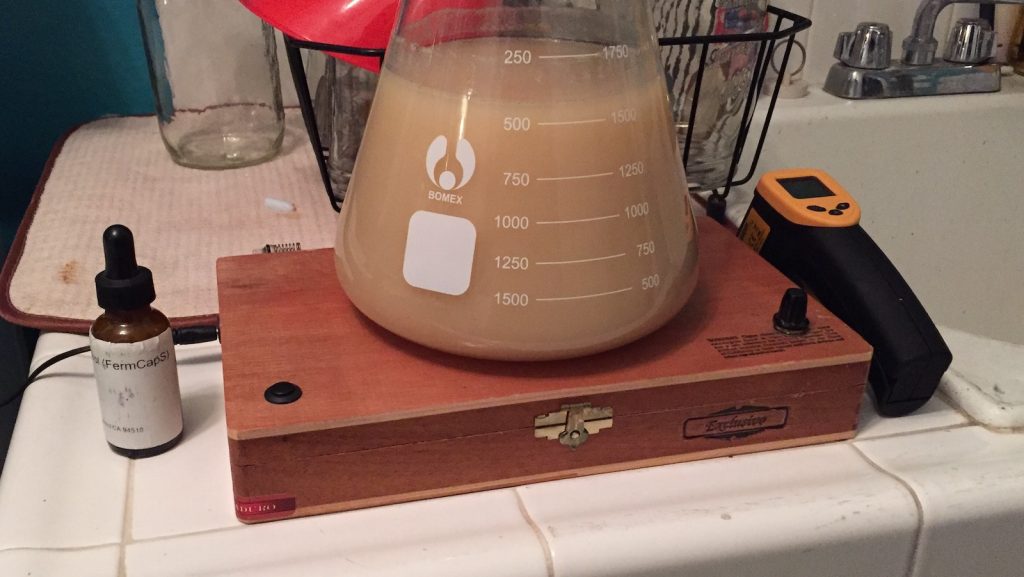
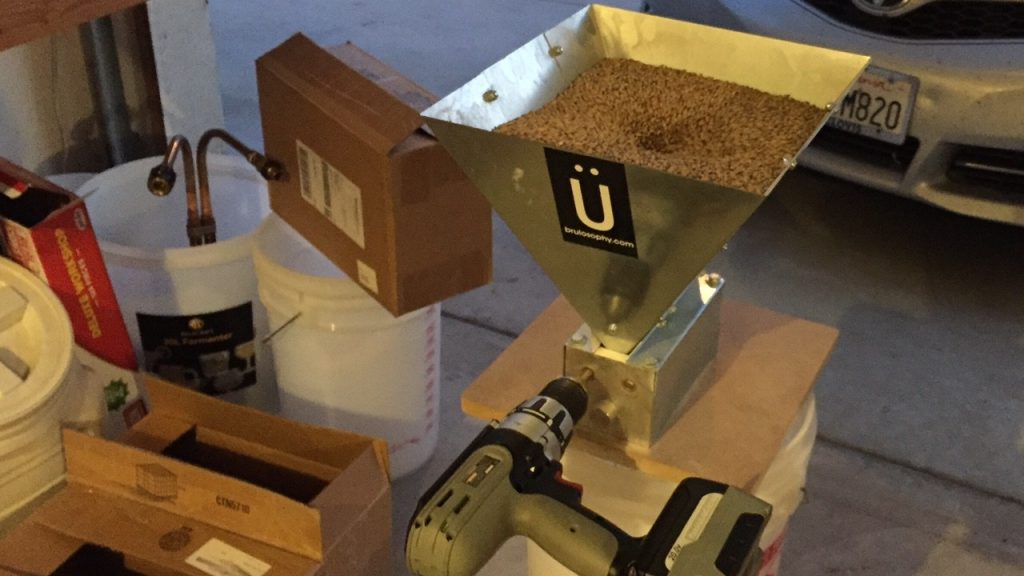
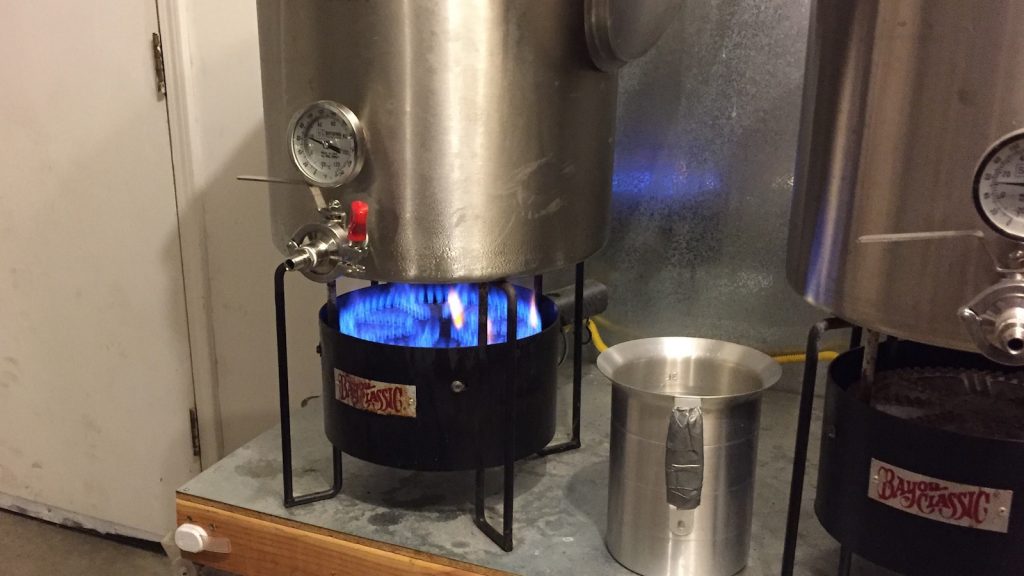
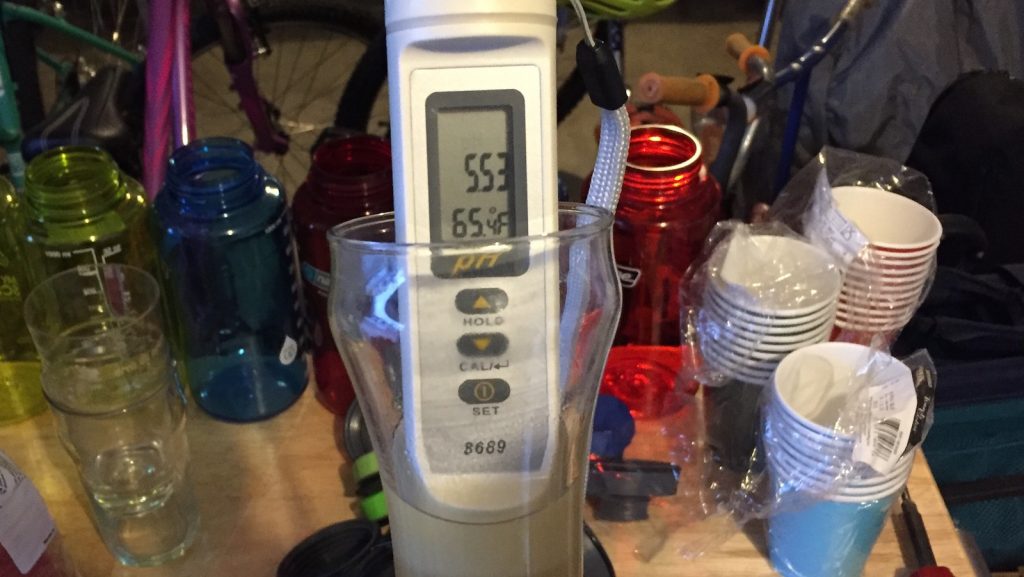
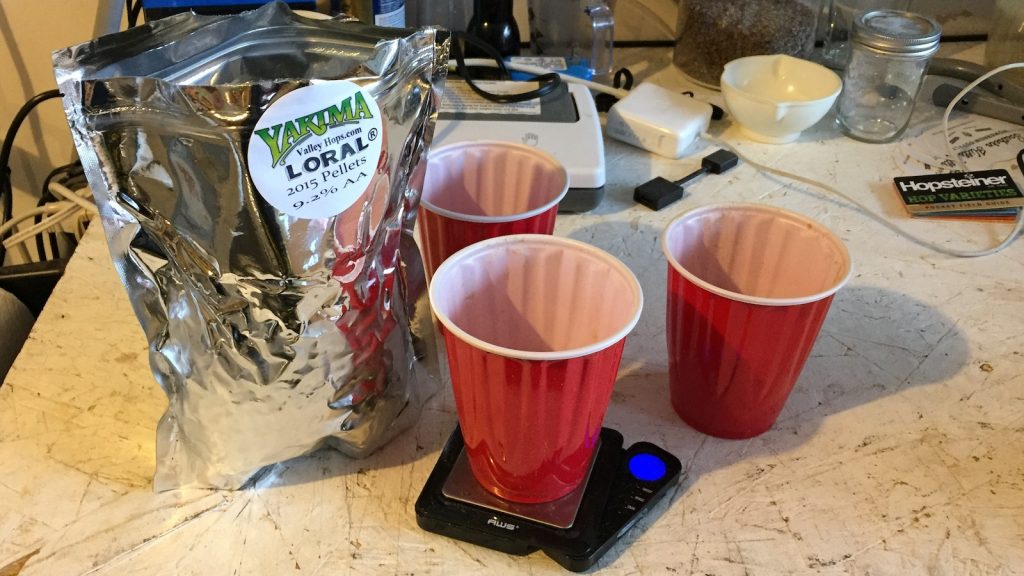
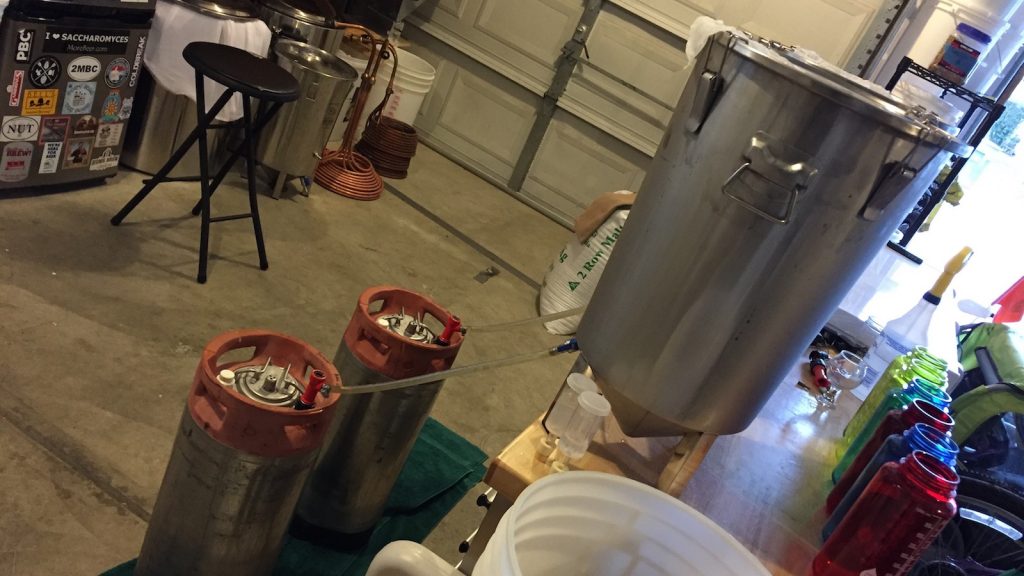
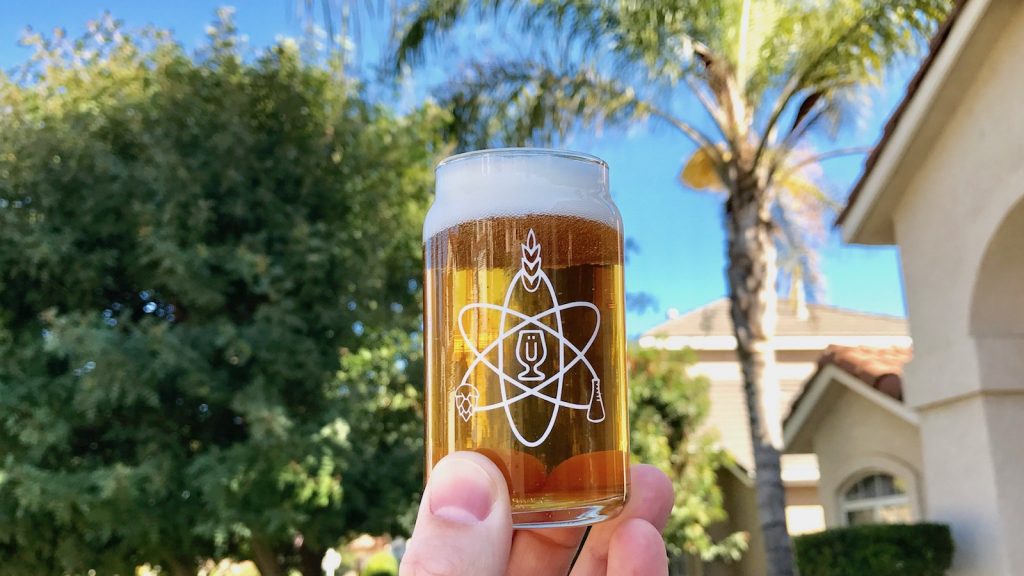
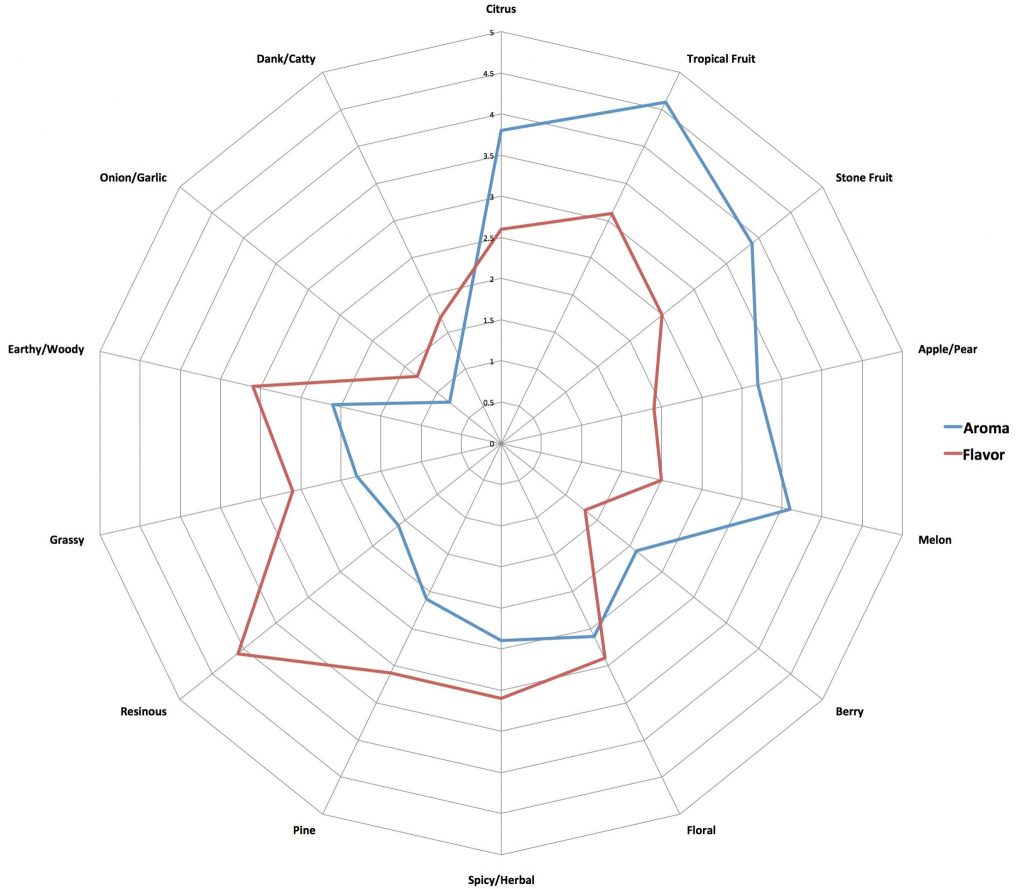
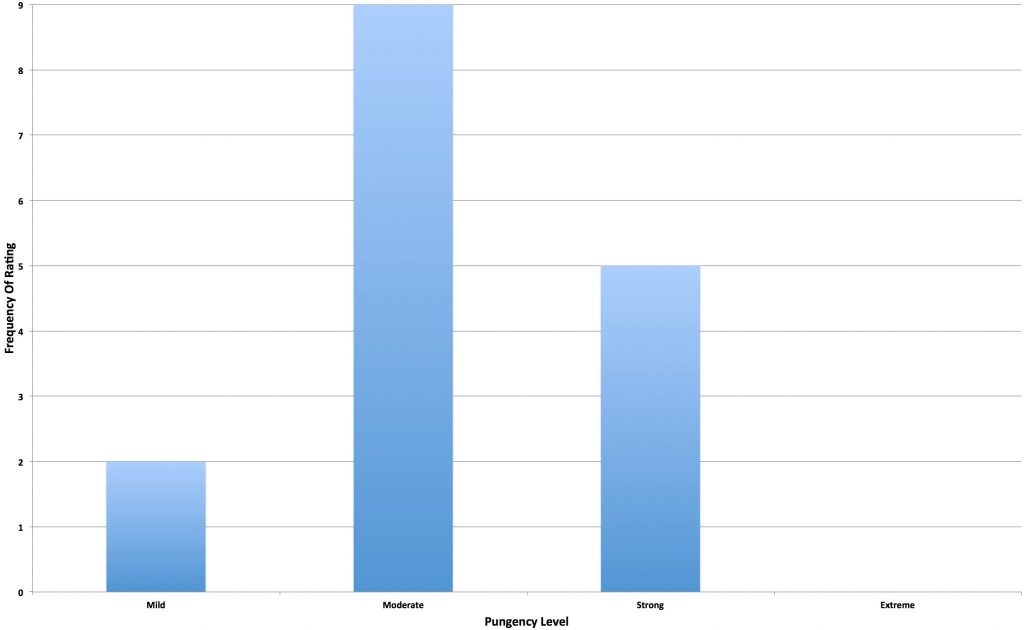
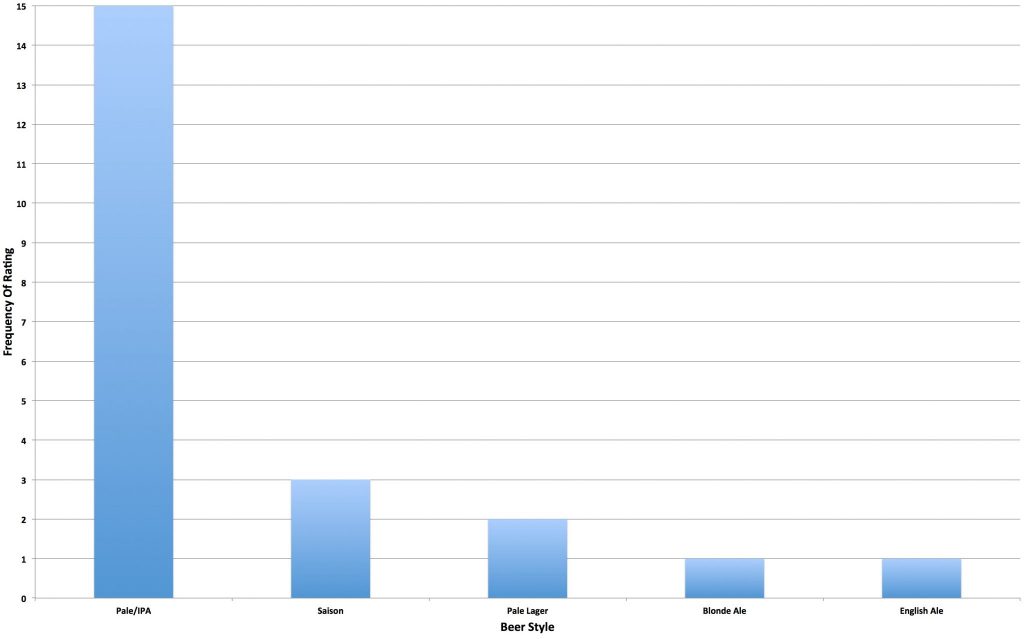
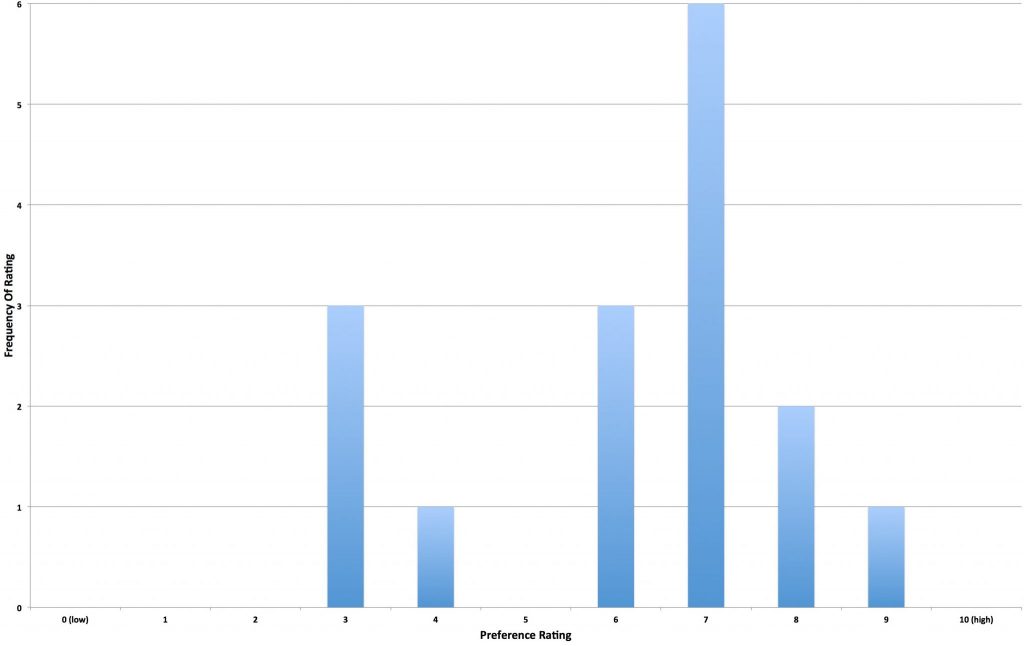











25 thoughts on “The Hop Chronicles | Loral (2015) Pale Ale”
Hit the THC target of 1.054 ? Quick edit and blame autocorrect
Otherwise I look forward to finding this available here in Australia
The target OG for The Hop Chronicles (THC) beers is 1.054 🙂
Here, in Rio de Janeiro, Brazil, our brewclub is doing a single hop project. 60 brewers got together to brew 30 samples of the same pale ale recipe just changing the hops.
In our first gathering Loral was one of the chosen. Man, it reaaaaly impressed me. He has a very strong floral aroma, like roses. Then when you taste it, expecting something similar, there it goes a stroooong citrus flavor…increadible.
You should get your hands on the HBC-438. It was on the first round too and, along with loral, it did pleased everyone also.
Is that glass available anywhere?
Not at the moment, unless you want to buy enough to make shipping worth it. Feel free to email me if so (marshall@beerconnoisseur.local).
Loral is delicious. Not a lot of examples commercially yet (probably since it’s not over the top pungent as mentioned). I made a SMaSH Pils with 34/70 and it was so drinkable. I agree 100% that the hop’s official descriptors are spot on. Cheers!
That is a damn pretty beer.
Wow that almost sounds too good to be true. I have got to try this hop out now! Thanks!
Sounds kind of similar to Centennial. Thoughts?
Quite a bit different in my opinion.
Sounds like it would work wonders in a kölsch in limited quantities
Exactly my thoughts. Kolsch pairs best with well rounded hips, as drinkability is so important.
I used Loral in a batch, I think it was 5 oz loral, 3 oz mandarina Bavaria and 5 oz loral dryhop in keg. It smelled exactly like sniffing roses to me, also a strange cedar taste.
I’ve been wondering about a Loral pilsner based on its noble characteristics. Any thoughts on that? I’m not sure I’d like a rose and cedar pils…
I think if used moderately, it’d work beautifully!
I brewed up a 10 gallon batch of Pils yesterday. The grain bill was Pilsner with 4oz Melanoidin. OG 1.047. I used Hallertau Mittlefruh for the bittering additions at 60 and 30 minutes, then 0.6oz Loral at 15 and 5 minutes. Total IBUs came in at 37. Used WLP029 for the yeast. I’m pretty excited to try this one!
Sounds delicuous! Think you’re going to be pleased with it. Have made Pils with this hop exclusively two times using Weyermann Pils, 4oz Victory, and 34/70. Even won a medal for mixed style last competition.
Wow, sounds like you’ve been making some great beer with Loral! Thanks for the info, it’s nice to hear from someone else who has tried it in a Pilsner.
I ordered some Loral last night. Can’t wait to try it!
Old Nation Brewing brews a beer called Full Earth that uses Loral, Columbus, Centennial and Simcoe. I have not had the chance to try it, but they put out some amazing NEIPA’s (M43).
This hop pairs extremely well with French saison yeast!
Do you mind sharing your water additions or recommended water profile?
Yellow Bitter in Bru’n Water
I’m working on a recipe to combine Loral with a noble hop in a bohemian-style pilsner. Right now, my plan is to combine Loral with Mittelfruh because the flavor profiles appear to be closer than Saaz and Loral.
Would it be better to combine Loral with Czech Saaz? Thoughts? Thanks!
18 lbs Pilsner (2 Row) Ger (2.0 SRM)
1 lbs Weyermann Carahell (3.0 SRM)
0.75 oz Hallertauer Mittelfrueh [4.00 %] – Boil 60.0 min
0.75 oz Loral [11.00 %] – Boil 60.0 min
0.75 oz Hallertauer Mittelfrueh [4.00 %] – Boil 15.0 min
0.75 oz Loral [11.00 %] – Boil 15.0 min
0.75 oz Hallertauer Mittelfrueh [4.00 %] – Boil 7.5 min
0.75 oz Loral [11.00 %] – Boil 7.5 min Hop
0.75 oz Hallertauer Mittelfrueh [4.00 %] – Boil 0.0 min
0.75 oz Loral [11.00 %] – Boil 0.0 min
Bohemian Lager (Wyeast Labs #2124)
11 gallons into the fermenter
OG 1.046
IBUs 36.6
SRM 3.6
Hallertau Mittelfrüh
3.0-5.5%
Complex, but mild and approachable. A mixture of sweet, earthy,and herbal with vivid impressions of new-mown hay, sweet spices, and dried flowers.
Loral®
10.0-14.0%
Dark fruit, floral, lemon-citrus and pepper aroma.
Saaz
3.0-5.0%
Mild and pleasant, earthy and spicy.
Kevin, how did your beer turn out? I’m looking at brewing a similar beer this weekend, combining crystal and loral. I’d be curious to know if you’d tweak your recipe or have any tips!